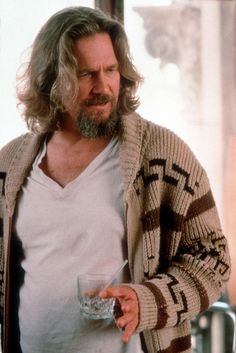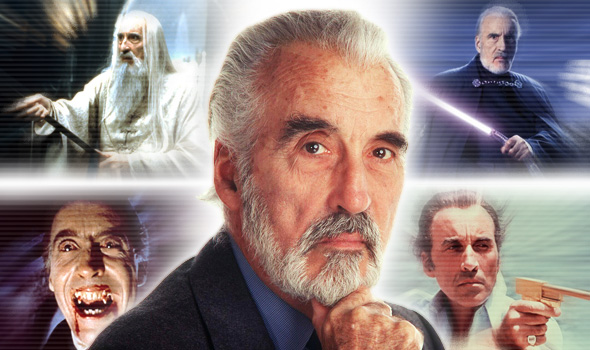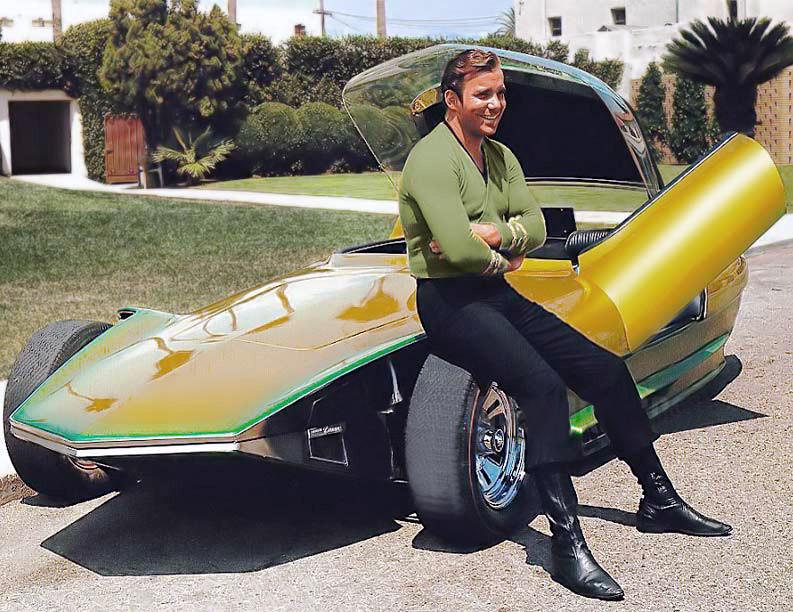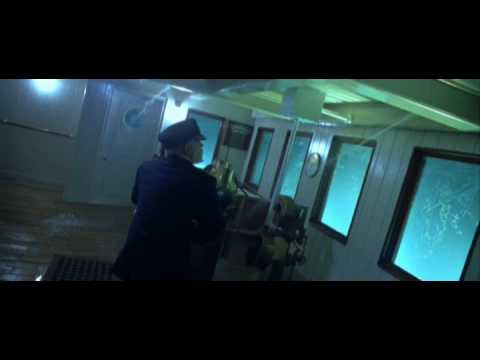During his six years in office, President Obama has been obliged to make 14 public statements following a mass shooting. Think about that for a moment. Sit back and let it really sink in:
Fourteen mass shootings in a six-year period.
Fourteen. In six years.
That’s damn near one every six months.
But here’s the really horrible thing about that statistic: They’re really not much of a surprise anymore, are they? Oh, we react as if they are. We all gasp and get on social media to express our horror, grief, disbelief, anger, and condolences. Editorials get written. An image of the shooter (preferably looking as deranged and/or hateful as possible) appears in so many places that it gets engraved into our collective memory under the catch-all rubric “Evil,” while the faces of the people whose lives he — it’s always a male, isn’t it? — extinguished go unrecognized. We shake our fists at the sky and shout that something needs to be done. But it never is, is it? Nothing ever changes. Nothing happens. In a few days, we’ll be once again collectively obsessing over the latest celebrity gossip, or the hot new blockbuster at the multiplex, or the latest tempest-in-a-teapot outrage, and the shooting will fade from our consciousness. And then the next one will come along, and we’ll go through the same pointless, Sisyphean cycle all over again.
The squicky, hard-to-admit truth is that mass shootings have been happening so regularly in recent years, we’ve actually gotten kind of used to them. Again, let that sink in. It happens so goddamned often that we’ve gotten used to them. The cycle of grief and horror and outrage following each one gets shorter and shorter, and the words spoken by our pundits and our president have less and less power, because they’ve said all the same things before. All too many times before.
You can hardly blame the president for sounding fed up during his remarks about last night’s killing of nine parishioners in a Charleston, SC, church. Having to make the same grim speech of condolence fourteen times ought to be enough to make anyone angry. The fact that this shooting has a personal dimension for him — that the dead were African-American like himself, that he personally knew the pastor who was killed, that the site of their murders was a historically significant black church that has been witness to violence before, and that the, ahem, alleged shooter was a young white racist — could only have added fuel to the fire. I came away with the distinct impression that the president was boiling this morning. But sometimes anger is a good thing, an empowering thing. Certainly it empowered President Obama to say something today that needs to be said, and has needed to be said for some time, and needs to be said over and over until it, too, starts to sink in:
At some point, we as a country will have to reckon with the fact that this type of mass violence does not happen in other advanced countries. It doesn’t happen in other places with this kind of frequency. And it is in our power to do something about it. I say that recognizing the politics in this town foreclose a lot of those avenues right now. But it would be wrong for us not to acknowledge it. And at some point it’s going to be important for the American people to come to grips with it, and for us to be able to shift how we think about the issue of gun violence collectively.
Emphasis mine. Now, from my perspective, that observation about other countries is so self-evident that it’s impossible to imagine anyone disputing it. And yet… within seconds of the words leaving the president’s mouth, the comments started appearing on Facebook and Twitter and on the websites reporting on his statement. Comments from the usual trolls and haters, calling Obama naive, a fool, an idiot, and worse. And of course there were concerned citizens reminding us that he’s ignoring ISIS’ beheading of Christians! How can Obama say there’s no mass violence in other countries when Muslim terrorists walk the earth?!
I apologize to any conservative friends who may be reading this, but those responses are evasive bullshit. ISIS operates in unstable, war-torn parts of the Middle East, a region that’s hardly comparable to our society even when things aren’t going to hell over there. But in the industrialized Western countries that are similar to our own — the European nations, Australia, Canada, Japan (even though it’s not technically Western), the countries Obama was talking about — the level of violence we just suck up and live with would be unthinkable. Yes, acts of violence, even mass violence, do occur in those countries. But they happen far less often than in America. Far less often. And it’s about damn time we stopped denying it and started seriously thinking about why. I think the answer is pretty clear to anybody with any intellectual honesty. It’s because America is awash in guns, and we glorify gun violence in our national mythology and our popular entertainment. We are a gun-worshipping society that values individual action over the good of the community, and none of the other advanced Western nations are that way. QED.
Now, for the record, I am not particularly anti-gun. I don’t own one, and I can’t imagine any circumstance in which I ever will own one. I don’t view the world in such a way that owning one seems necessary. But I have friends who own them, and they’re decent, responsible human beings who I trust not to go out and shoot up a crowded public place. So while I don’t get the appeal myself, I also have no desire to see my friends’ hobby taken away from them. However, it makes no damn sense to me that we regulate automobiles and the privilege of operating them more heavily than we do firearms.
Not that it really matters what I think or understand. As President Obama himself acknowledged, there’s no political will to enact truly effective or meaningful gun control. The gun lobby won that battle of the culture war years ago, and anyway, there is also the practical matter of how many guns are actually floating around out there already. I don’t believe for a second there’s any realistic way of rounding them all up and doing away with them, the paranoid fantasies of the “cold, dead fingers” crowd notwithstanding. That’s one way in which America is truly exceptional.
No, it doesn’t matter what I think, or what the president thinks, or what anybody else thinks. Nothing is going to change. And in six months or a year, another man with a gun is going to murder another roomful of people, and we’re going to have this same damn discussion again. That thought — that certainty — fills me with disgust and rage and a crushing sense of futility.
At some point, we as a country will have to reckon with the fact that this type of mass violence does not happen in other advanced countries.
God, I hope so…
 But there might have been some licensing issues there. I still thought it was a pretty interesting little tidbit.
But there might have been some licensing issues there. I still thought it was a pretty interesting little tidbit.






